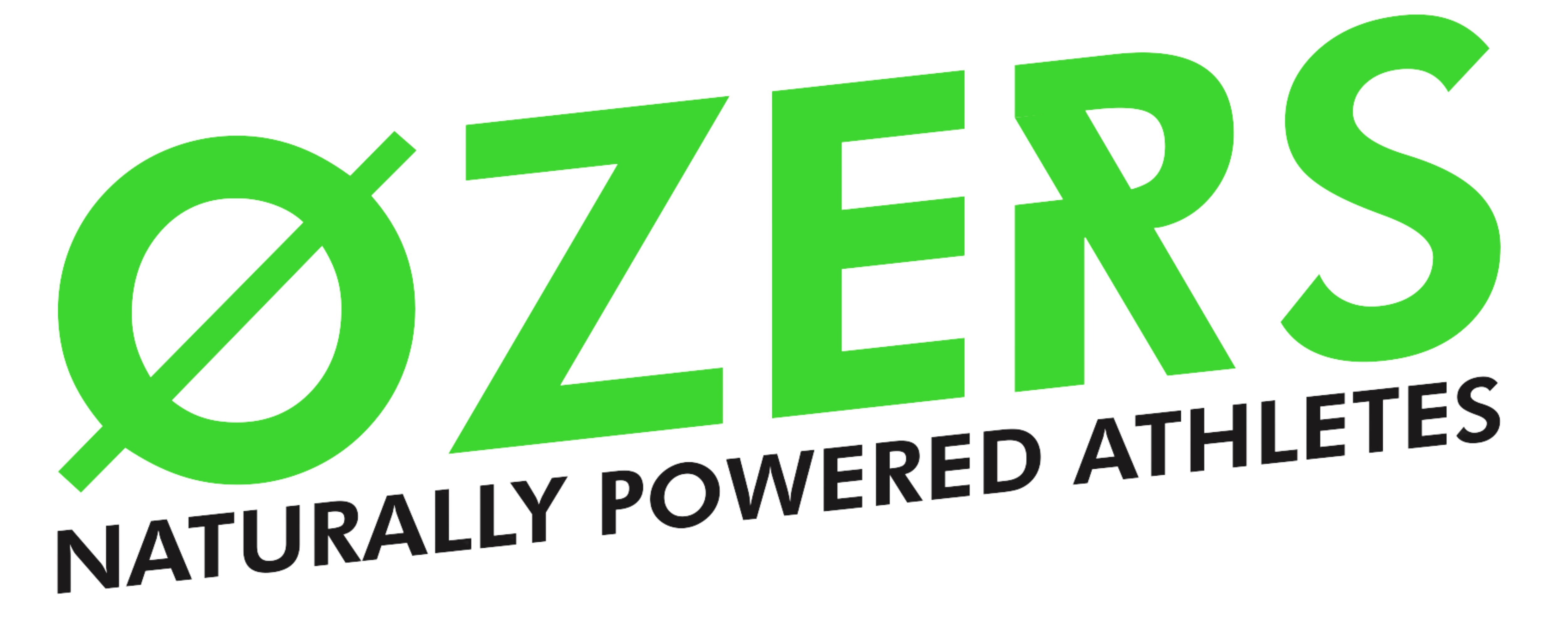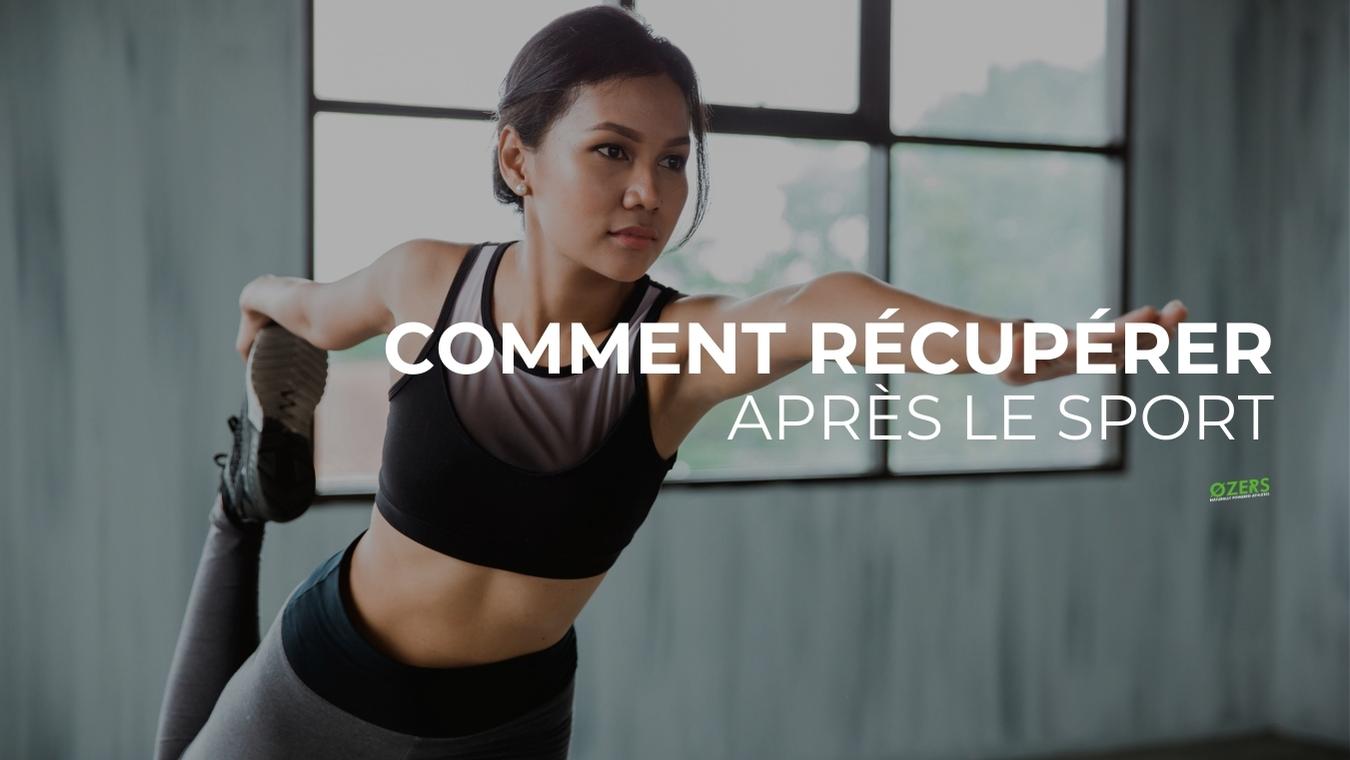CONTENTS
Why warm up before sport?
1. To prepare the body and boost your sporting performance
2. To avoid injuries
How to warm up to boost your sporting performance?
How long does the warm-up take?
General warm-up
Muscle warm-up
Joint warming up
Cardio warm-up
3 more tips to optimize your warm-up
1. Alternate warm-up exercises
2. Perform rotations
3. Do stretching
Why warm up before sport?
Woe to you if you skip the warm-up before sport!
Warming up before training is the basics. Not a single athlete escapes it, whether you are an amateur or a high-level athlete.
Before getting down to business with your training session, you need a moment of preparation to warm up your muscles, awaken the joints and gradually bring the body towards physical activity.
Warming up before sport increases body and muscle temperature, which is essential to avoid injuries and muscle trauma.
In short, warming up prepares the body for physical exertion. It allows you to start your sporting activity in the best conditions.
Here are at least two reasons to warm up before a workout.
⇒ After warming up comes training, and after training comes sports recovery: opt for OZERS plant protein post workouts.
1. To prepare the body and boost your sporting performance
To reach the maximum of your abilities, you must reach a certain body temperature (around 39°C compared to 36°C at rest).
Warming up increases body temperature. As a result, the muscles gain elasticity and the joints become more flexible.
Warming up also stimulates your heart rate . You prepare your heart for physical exercise and you improve the oxygenation of muscle fibers. Well-heated muscles are well oxygenated and have more strength to train.
At the end of the warm-up, the body is awake and ready to exercise. Your movements are faster, your heart rate is higher, and you're already feeling a little warm.
2. To avoid injuries
Warming up before a training session is essential to limit injuries. These affect your abilities and may force you to stop practicing sports.
Not doing pre-workout preparation can lead to a muscle tear, strain or even a strain.
Above all, the body must not go from rest to intense effort all at once, at the risk of creating muscle damage .
The warm-up exercises prepare you for a more intense effort gently and while preserving your muscles and joints.
|
Warming up is good for the mind! Warming up is also a physical and psychological ritual. This is a period of transition where you take time to get into the practice, physically and mentally. |
How to warm up to boost your sporting performance?
Warming up is good, but knowing how to do it well is better.
Here are some rules to follow to successfully warm up before sport.
- Warm up gradually : the intensity should increase gradually to gently raise body temperature and heart rate;
- hydrate yourself : whether before, during and after sport, hydration remains essential to make up for the lack of water caused by perspiration and sweating (and avoid muscle cramps);
- do not exhaust yourself : the goal of the warm-up is not to tire you out, but to prepare you for the real sports session (if you burn all your reserves at once, you will no longer have the energy to the following) ;
- don't go too quickly with the movements : do the exercises as best as possible, without rushing them so as not to make your preparation unproductive;
- adapt the warm-up to the physical activity : depending on the sport practiced, the exercises will not be the same to better target the parts of the body that will work the most during the effort.
A sports session normally takes place in three phases: the warm-up phase to prepare the body to start practicing; the sporting phase where you practice intense effort; and the stretching phase to prepare the body to exit the practice.
We could add a fourth phase of sports recovery to replenish your energy reserves and relax your muscles after training.
This cycle maximizes your performance in the long term and avoids muscle and joint pain.

How long does the warm-up take?
The warm-up ideally lasts between 10 and 15 minutes, but the duration varies depending on the intensity of the training, your sporting habits and the training time.
However, the greater the effort required, the more complete the warm-up must be. It can be divided into two phases:
- a general warm-up which mobilizes the whole body;
- a warm-up specific to the sporting activity practiced which can be localized on certain parts of the body.
General warm-up
The general warm-up is suitable for all types of sports. It consists of performing movements by gradually increasing their intensity, without reaching a violent effort.
This phase may include non-static stretching and exercises to accelerate the cardiovascular system . It must also require all of your bodybuilding.
|
3 possible exercises to warm up the whole body:
|
Muscle warm-up
Muscle warm-up consists of soliciting the muscles to mobilize their strength and prepare them to provide significant effort. The goal is to soften the muscle tissues and work on the range of motion.
Perform muscular exercises such as core training to increase the rigidity of the trunk and back. Squats warm up the quadriceps, hamstrings and glutes. Push-ups work the arm muscles like the biceps...
Joint warming up
The objective of joint warm-up is to mobilize the different joints of the body to stimulate them and avoid damaging them during sport.
The joints most used during workouts are the neck , shoulders , elbows , wrists , fingers , knees , ankles and toes .
To warm up your joints, you can perform several sets of rotations. For example, interlace your hands and turn your wrists in one direction then the other, make circles with your knees, or even make circles with your head to stretch your neck.
Cardio warm-up
Jogging is a good way to prepare your heart system for physical exercise. Jumping rope, the elliptical bike in the gym and jumping jacks are all effective exercises for warming up your cardio.
You can mix muscle warm-up exercises with cardio. The ideal is to do a quick effort of 30 seconds with a recovery phase of 30 seconds.
Repeat the exercises according to your level of sport and your habits.
3 more tips to optimize your warm-up
1. Alternate warm-up exercises
The physical preparation phase is more effective when you alternate warm-up exercises.
By varying the movements, you use all the muscles and joints of the body. Your warm-up is complete.
You can start by warming up the entire body, then focus on the upper body and move down to the lower body with toning, repeated movements of progressive intensity.
2. Perform rotations
Rotations are one of the most well-known warm-up exercises. They have the advantage of being gentle and preparing the body well before training, all without forcing. They require no equipment and can be done anywhere.
Rotation exercises are done standing up and involve making circular movements with your joints. Perform several sets to warm them up well and cause the soft ligaments to warm up.

3. Do stretching
You can warm up your muscles with stretching postures. However, avoid static stretching to stay moving and continue muscle awakening.
Stretching before training allows you to gain flexibility and relax before starting the practice. This also helps to release certain muscular tensions accumulated during the day or night.
Stretching also improves range of motion and makes the body more elastic.
|
Example of an exercise to stretch the body before sport: To warm up your upper body, raise your arms above your head and stretch your shoulders and back. Then unwind your arms slowly and lean your body forward. Straighten yourself vertebra by vertebra to mobilize the spine. To warm up your lower body, you can bend your knee until you touch your buttock with your heel, keeping the other leg straight. You thus stretch the quadriceps and avoid any risk of muscle cramps or strains during exercise. |



